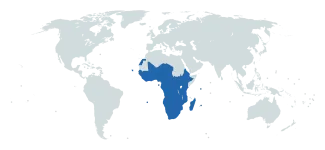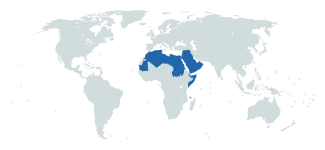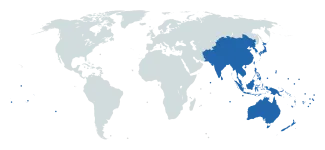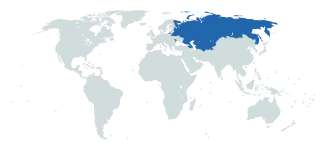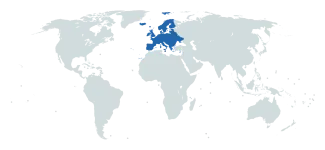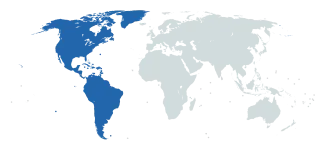Learn about telecommunications around the world. Powertec is compiling resources on companies, mobile networks, and regulatory information on countries not just within the Asia Pacific region but around the world.
The global telecommunications industry is predominantly regulated by the International Telecommunication Union (ITU), a specialised agency of the United Nations. The ITU is tasked with facilitating international communication through the development of technical standards. The ITU tracks and benchmarks the progress of countries and promotes development in underserved communities worldwide.
It's important to note that Powertec compiles research on a range of sovereign and disputed territories regardless of their geopolitical status. We endeavour to remain an impartial observer and defer to international guidance where possible.
Geographic Regions
Choose a region below to view countries in that region. Regions are grouped by ITU classification.
Browse all Countries
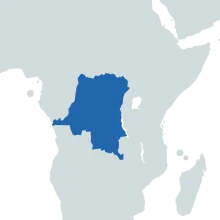
Congo-Kinshasa, officially known as the Democratic Republic of the Congo (DRC), is a vast African nation with geographical features ranging from the rainforests of the Congo Basin to the highlands and savannas in the south. The country's population is unevenly distributed, largely concentrated in urban areas like Kinshasa, Lubumbashi, and Mbuji-Mayi. Its substantial rural population often faces ...
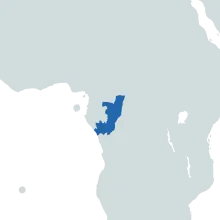
Republic of the Congo, positioned in Central Africa, has a varied geography from wet lowlands to mountainous terrain. This uneven distribution poses a challenge to the implementation of technology and telecommunications infrastructure. Despite this, the country is making strides in these sectors, with its urban populations, particularly in Brazzaville and Pointe Noire, experiencing enhanced ...

The Cook Islands are a self-governing island country in free association with New Zealand located in the South Pacific ocean. The country comprises 15 small islands with a population of around 17,500 people dispersed across an ocean area of about 2.2 million square kilometres. Geographically isolated, the islands' telecommunications infrastructure has historically been limited, but recent ...

Costa Rica, a Central American nation with a population of over 5 million, is marked by diverse terrain encompassing coastal plains, central valleys, and mountain ranges. This geographical diversity poses unique challenges in terms of infrastructure development and technology distribution. The more densely populated regions, such as the Central Valley, enjoy better access to technology and ...

Côte d'Ivoire, also known as Ivory Coast, is located on the West African coast and is a country with diverse topography that ranges from coastal plains in its southern region to mountain ranges in the west. The country's population is highly concentrated in urban areas like Abidjan and Yamoussoukro, with a significant portion still residing in rural regions. This urban-rural divide and ...

Croatia, a Central European country with a population of just under 4 million, is marked by a diverse geography that includes a lengthy Adriatic coastline, numerous islands, and hilly interior regions. This geographic variability influences the distribution of its population, which tends to be concentrated in the capital city of Zagreb and coastal towns, while the interior and islands are sparsely ...

Cuba, an island nation in the Caribbean, has a population of around 11 million people, largely concentrated in urban areas such as Havana and Santiago de Cuba. The country's geographical isolation and the US embargo have historically posed challenges to its technological development and telecommunications infrastructure. However, Cuba has made strides in recent years, with the government actively ...

Curaçao, a small island nation and constituent country of The Netherlands, is located in the southern Caribbean Sea. The country comprises the main island and the uninhabited Klein Curaçao, with its population of approximately 150,000 mostly concentrated in and around the capital city, Willemstad. The nation is linked to the global internet via six undersea fibre optic cable systems. In terms of ...

Cyprus, located in the Eastern Mediterranean Sea, is one of the largest islands in the region with a population of approximately 1.2 million people. Its population is predominantly distributed in major cities such as Nicosia, Limassol, Larnaca, and Paphos. The island's topography is marked by two mountain ranges, the Troodos Mountains and the Kyrenia Range, separated by the Mesaoria plain. This ...

Czechia, a landlocked country based in Central Europe, possesses a diverse topography with a mix of mountains, hills, and lowlands, which may pose challenges in the implementation of certain technologies and telecommunications infrastructures. The population of approximately 10.5 million is unevenly distributed, with higher densities in the capital city of Prague and other urban areas, while rural ...

Denmark, a Scandinavian country comprising of a peninsula and hundreds of islands, is renowned for its cutting-edge technology and telecommunications sector. The country's geography, with a predominantly flat terrain and coastal areas, provides a conducive environment for technological infrastructure and renewable energy solutions. Given its relatively small population of about 5.8 million people ...
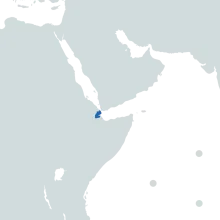
Djibouti, located in the Horn of Africa, is characterised by its arid climate and sparse population distribution. Most of its 1.1 million population, over 600,000 people, is concentrated in the capital city of Djibouti. The nation faces unique infrastructure challenges due to its geographical makeup with a lack of renewable energy resources and a largely underdeveloped telecommunications sector ...

Dominica, located in the Lesser Antilles region of the Caribbean Sea, is a mountainous tropical island with a population of roughly 72,000 people spread across its 750 square kilometres. Its population is largely concentrated along the coastal areas, while the rugged interior, including the Morne Trois Pitons National Park, is sparsely inhabited. Telecommunication infrastructure in Dominica is ...

The Dominican Republic, located in the Caribbean region, is a geographically diverse nation comprising mountains, plains, and coastal areas. With a population of around 11.1 million, the majority of people reside in urban areas, particularly in the capital, Santo Domingo. The country's topography and population distribution pose unique challenges to the development of infrastructure and technology ...
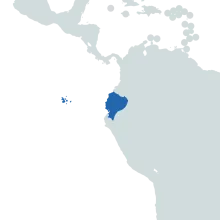
Ecuador, a South American country situated on the equator, features diverse geographical landscapes from coastal plains to highland valleys and Amazonian rainforests. This can pose significant challenges for technology and telecommunications infrastructure due to varied terrain and isolated communities. Regional disparities in population distribution are also apparent, with the majority ...
